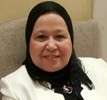- Submissions

Full Text
Evolutions in Mechanical Engineering
Multi-Profile Radio, Fractal Engineering, Artificial Intelligence and Smart Radio Environments: A New Approach Based on the Topology of Fractal Sets and Intelligent Meta Surfaces
Alexander A Potapov1,2*
1VA Kotel’nikov Institute of Radio Engineering and Electronics, Russian Academy of Sciences, Russia
2JNU-IRE RAS Joint Laboratory of Information Technology and Fractal Processing of Signals, Jinan University, China
*Corresponding author:Alexander A Potapov, VA Kotel’ndikov Institute of Radio Engineering and Electronics, Russian Academy of Sciences, Moscow, Russia, JNU-IRE RAS Joint Laboratory of Information Technology and Fractal Processing of Signals, Jinan University, Guangzhou, China
Submission: January 27, 2025;Published: February 10, 2025

ISSN 2640-9690 Volume5 Issue5
Abstract
The paper presents an in-depth analysis of the latest advances in the field of fractals and meta surfaces for solving fundamental problems in radio physics and radio engineering. The relevance of these studies is related to the need for a more accurate description of all real processes occurring in radio physical and radio engineering systems: taking into account the hereditarily (memory), non-Gaussian and scaling of physical signals and fields. Trends in technology development are considered based on new concepts for processing multidimensional signals in radio systems and transforming parts of the wireless environment into a smart radio environment. The author characterizes the new concept, which takes full advantage of the physical properties of electromagnetic waves and the universality of the topology of fractal sets, as a “multi-profile radio”. Author is developing and strengthening his ideas about necessary of new “fractal” dimension introduction in science and technology and not for auxiliary role but as fundamental describing factor. The use of fractal systems, sensors and nodes is a fundamentally new solution that significantly changes the principles of building intelligent radio engineering systems and devices.
Keywords:Fractal; Artificial intelligence; Photonics; Fractal engineering; Multi-profile radio; Smart radio environment
Introduction
The relevance of these studies is connected with the need for a more accurate description of real processes occurring in radio physical and radio engineering systems. This is, first of all, taking into account heredity, non-Gaussianity and scaling of physical signals and fields. All these concepts are included in the description of fractal sets or fractals, first proposed in 1975 by Mandelbrot B [1]. The term “fractal” at the end of the last century was perceived as exotic. Somewhat exaggerating, we can say that fractals formed a thin amalgam on the powerful skeleton of science at the end of the 20th century. The situation has radically changed with the use of fractal structures in technical applications to the processing of stochastic signals and images, artificial intelligence, propagation and scattering of radio waves, electrodynamics, the design of antenna devices, other electrodynamic and radio engineering structures, radioelements with fractal impedance, etc. [2-18]. Currently, we can confidently talk about the design of fully fractal radio systems. At the same time, physicists included in their arsenal a new mathematical apparatus, and mathematicians were enriched with new heuristic considerations and joint problem statements. The purpose of this work is to give, as much as possible, a closed presentation of the basic concepts and mathematical theory for problems and applications of statistical radio physics, using various approaches to the synthesis of the global fractal scaling method developed by the author. For the first time in the world the problem presented in the title of the work was begun studying by the author more than 45 years ago at the Institute of Radio Engineering and Electronics (IRE) of the Academy of Sciences of the USSR in connection with the implementation of a cycle of fundamental research devoted to the creation of new breakthrough radio physical technologies.
The research is carried out within the framework of the fundamental scientific direction “Fractal radio physics and fractal radio electronics: design of fractal radio systems”, initiated and developed by the author at the VA Kotel’nikov IRE of Russian Academy of Sciences (RAS) since 1979 to the present [2-18]. Meta Surfaces (MS) are elegant spatial processors that have greatly enhanced the ability to control Electro Magnetic Wave (EMW) fronts, leading to unique physical effects and intriguing applications. Currently, there has been a significant development of MS in almost all modes of electromagnetism and optics [19- 21]. By incorporating various tenable materials or elements into MS designs, reconfigurable MSs and associated meta devices with functions controlled by external stimuli can be realized, opening a new path to dynamic EMW manipulation. Recently, Reconfigurable Intelligent Surfaces (RIS), based on the concept of tenable MSs, have received significant attention and are considered as a promising new technology due to their potential to increase capacity by intelligent reconfiguring the radio waves propagation environment.
The main purpose of this work is to acquaint the reader with the texture and fractal methods created by the author, their application in the synthesis of a fundamentally new architecture of radio systems, to show the possibility and necessity of combining the “Fractals”, “Photonics” and “Artificial Intelligence” (AI) roadmaps for future end-to-end technologies and the creation of “smart environment” of EMW distribution. The author designated this new paradigm as “multi-profile radio” [21].
Birth and development of fractal technologies in the USSR and Russia (1979–2025)
Figure 1:(a) A sketch of the development of breakthrough fractal technologies: FNDRS-Fractal Non-Parametric Detector of Radio Signals, FDS-Fractal Detector of Signals. (b) Classification of texture and fractal methods for processing low contrast images and ultra-weak signals (this includes results related to texture).

Fractals and multifractals work: The evolution of the author’s views and development at the moment in the IRE RAS “fractal ideology” research is shown in Figure 1-4, which also provides information about the moment of their intensive deployment [2- 21]. Progress in research can be assessed by comparing these figures with the article [8]. The analogy between the modern problems of radio physics and radio electronics and the theory of phase transitions and critical phenomena is acquiring great importance. As is known, the modern renormalization group theory of phase transitions is based on an approach based on the scaling hypothesis, or scale invariance. On the basis of a deep study of this scientific direction, it was possible to form a similar approach for solving a large class of radio physical and radio engineering problems. Note that the presence of a fractional time derivative in the equations is interpreted as the presence of memory or, in the case of a stochastic process, non-Markovity [1-3,13]. Fractal geometry is the great merit of B Mandelbrot (1924-2010). But its radio physics/radio engineering and practical implementation is the exclusive merit of known in the world Russian scientific school of fractal methods under the direction of Professor AA Potapov. The classification of fractals developed by the author was approved by Professor B. Mandelbrot in December 2005 in USA (Figure 4).
Figure 2:Topological features and methods for detecting low-contrast (inconspicuous) objects against the background of intense noise and interference: FCF-Frequency Coherence Function.

Figure 3:The author’s concept of fractal radio systems, sensors, devices and radio elements.

Figure 4:The author’s classification of fractal sets and signatures approved by B. Mandelbrot. (Here D0 is the topological dimension of the space in which a fractal of fractional dimension D is considered).

Fractal-frequency MIMO systems: The technology of MIMO (Multiple Input-Multiple Output) systems and Massive MIMO generally implies that each radio device involved in data exchange will have several spatially distributed receiving and transmitting antennas. The main idea of fractal MIMO systems is the use of fractal antennas and fractal detectors [4]. The ability of fractal antennas to operate simultaneously at several frequencies or emit a broadband probing signal gives a sharp increase in the number of degrees of freedom [2-5,15], which determines many important advantages of this type of systems and greatly expands the possibilities of adaptation. To reflect these features, a new term “Fractal-Frequency MIMO systems (FF MIMO)” has been introduced, which more fully reflects their physical capabilities.
Photonic and radio photonic technologies
Photonic topological devices for multidimensional signal processing: Continuous improvement of Topological Texture Fractal Processing (TTFP) of signals and fields in modern radio physics and radio electronics implies a constant improvement of the speed of information processing and the search for new physical principles for its implementation. Here, undoubtedly, the future belongs to photonic and radio photonic technologies. The results in the field of photonics, radio photonics, computational meta-optics and 2D dielectric Meta Materials (MM) or computational Meta Surfaces (MS) are presented below. These results were obtained by the author with Chinese scientists at the Joint Laboratory of Information Technology and Fractal Signal Processing of Jinan University in Guangzhou, China for period 2019-2023. The results have been published in leading international scientific journals [22- 30].
MS are the base of many interesting topological phenomena in physics and exotic manipulations with waves. Development of optical analogue calculations on the basis of MS gives unique possibilities for effective collection of information concerning the contour of images with parallel processing, ultra-fast calculation speed and low and even zero energy consumption. In our articles [19-21], we continue the current cycle of generalizing works on photonics and radio photonics, briefly highlighting the most promising, in our opinion, solutions. From article [20] below is the Figure 5, which summarizes some of our results. In view of restricted work volume other directions of photonics that are investigated and presented in detail in works are briefly mentioned by the author [22-30]. They are: control of light scattering with nanoparticles by means of magnetoelectric connection and zero backscatter (the theory of light scattering with nanoparticles and electromagnetic multipoles, numerical simulation, validation experiments at the range of 4 up to 7.5GHz); strong optomechanical connection in coupling in chainlike waveguides of silicon nanoparticles with quasi-bound states in the continuum (photon-phonon coupling with microstructures) etc.
Figure 5:Various physical bases of optical analog operations [20, adapted [31]].

Intelligent meta surfaces and RIS: In recent years, promising applications of Artificial Intelligence (AI) have emerged in many disciplines, including optics, engineering, medicine, economics, etc. In particular, the synergy between AI and meta optics brings great benefits to both fields. Unlike conventional MS, intelligent MS has three important properties [31]: digitalization, programmability and intelligence, giving us the ability to control the interaction of wave, information and matter without human intervention. Here, digitalization allows the intelligent MS to encode/decode and store digital information at the physical level. Programmability means that an intelligent MS is capable of implementing various functions with one physical entity and switching between them by changing control code sequences. While intelligence indicates that an intelligent MS has local or cloud algorithms as its brain and is capable of making decisions, self-programming and performing a series of sequential tasks without human control [32]. Therefore, reconfigurable and reprogrammable MSs can be classified as the infancy stage of intelligent MS, since they are not strictly intelligent according to the above definition.
Intelligent MS deployed in physical environments has a very strong electromagnetic coupling with the environment and targets. However, today the environment is largely considered as free space, for example in the field of wireless communications, which is clearly unrealistic and has a significant negative impact on the performance of information collection and processing. Therefore, it is necessary to simulate the realistic interaction of intelligent MS with the environment. An intelligent MS can adapt radio channels and enhance their differences [6,7,20,31,32]. RIS enable parts of the wireless environment to be converted into a Smart (or intelligent) Radio Environment (SRE) and thereby used for passive beamforming, which can significantly improve channel gain, at low implementation costs and power consumption compared to active MIMO antenna arrays. Recently, many works devoted to the topic of 6G have appeared [33,34].
Multi-profile radio
Intelligent MS and RIS will radically change and simplify the architecture of transmitting and receiving devices of radio systems, frequency converters, replace antenna arrays with phase shifters and amplifiers, etc. They can directly generate modulated signals with dynamic wave properties, leading to a paradigm shift for new information transmission architectures. It is assumed that future wireless systems will create an endogenous holographic, intelligent and programmable environment for the propagation of radio waves. Above, we introduced the reader to a number of non-standard ideas that reflect new concepts of modern radio physics, photonics, radio engineering, artificial intelligence, etc. The author characterizes the new paradigm, which fully uses the physical properties of EMW and the topological fractal description of EMW, radio devices and radio systems of any level of complexity, as “multidisciplinary” or “multiprofile” radio. Our paradigm overlaps with the concept from [34], but has important differences, since we use the physical properties of EMW coupled with the universal fractal topology [2-4,6,7].
Conclusion
When collecting, converting and storing information in modern complex systems for monitoring remote and mobile objects in conditions of intense interference, the latest methods for processing information flows and multidimensional signals become of great importance. Typically, the features of such complex systems appear on different spatiotemporal scales. The work, using a number of examples, provides an analysis of the possibilities of successful integration of roadmaps on fractals, artificial intelligence and photonics/radio photonics with the aim of creating end-to-end technologies for modern and future problems radio engineering, telecommunications (MIMO, Massive MIMO, MIMO with fractal antennas) and fundamentally new architecture of radio systems and radio channels [2-30]. The use of intelligent meta surfaces in general brings to a new level all the functional characteristics of topological texture-fractal processing of signals and fields, proposed by the author at the end of the 20th century when solving classical problems of detection, measurement, recognition and classification of intelligent radio systems and devices. Such a task has not yet been posed in the scientific world. The author is motivated by the belief that our current and future research will be extremely useful for future information processing devices, and not only in radio engineering. Note that all modern radio electronics is based exclusively (and only!) on the basis of the theory of integer functions. Thus, the author has created and proposes fundamentally new fractal radio engineering and fractal radio electronics [2-21]. The global fractal-scaling method and TTFP owing to our pioneer works is developed, it exists and has a known completeness, wellknown world priorities and fully deserves serious analysis. As a result, in the scientific world the new sense space with unusual for classical sciences properties and problems is formed. All this determines fractal engineering [6]. Careful bibliographic search shows our full and absolutely priority in all “fractal” directions (Figure 1-3) in USSR and Russia, no less than in world science. In conclusion the author sure that in the future integration of roadmaps “Fractals”, “Photonics” and “Artificial Intelligence” will bring out human civilization on a higher level.
References
- Mandelbrot BB (1982) The fractal geometry of nature. Freeman and Comp, New York, USA, p. 480.
- Potapov AA (2002) Fractals in radio physics and radar. Logos Publ, Moscow, Russia.
- Potapov AA (2005) Fractals in radio physics and radar: Topology of a sample. University Book, Moscow, Russia.
- Gulyaev YuV (2019) Fractals in action. In: Potapov AA (Ed.), Biography and Publication Index. Raduga Publ, Moscow, Russia.
- Potapov Alexander A, Wu Hao, Xiong Shan (2020) Fractality of wave fields and processes in radar and control. South China University of Technology Press, Guangzhou, China.
- Potapov Alexander A (2022) Author's approaches to fractal engineering and the philosophy of fractal engineering: Fractal radio systems and international priorities in the study of fractal applications in radio electronics. IEEE Conf Antenna Measurements & Applications (IEEE CAMA), Guangzhou, China.
- Potapov Alexander A (2023) Roadmaps “fractals”, “artificial intelligence” and “photonics” need to be combined (Our international priorities in end-to-end technologies). 16th Sino-Russia Symp Advanced Materials and Technologies, Nonferrous Metals Society of China, Central South University Press, China, pp. 31-36.
- Potapov AA (2009) Textures, fractals, scaling effects and fractional operators as a basis of new methods of information processing and fractal radio systems designing. Proc SPIE 7374: 73740E.
- Potapov AA, German VA (1998) Detection of artificial objects with fractal signatures. Pattern Recognition and Image Analysis 8(2): 226-229.
- Potapov AA, German VA (2004) Methods of measuring the fractal dimension and fractal signatures of a multidimensional stochastic signal. Journal Communications Technology and Electronics 49(12): 1370-1391.
- Potapov AA (2017) Fractal scaling or scale-invariant radar: A breakthrough into the future. Universal Journal of Physics and Application 11(1): 13-32.
- Potapov Alexander A (2016) Chaos theory, fractals and scaling in the radar: A look from 2015. In: Skiadas C (Ed.), The Foundations of Chaos Revisited: From Poincaré to Recent Advancements, Springer, Basel, Switzerland, pp. 195-218.
- Potapov Alexander A, Beybalaev Vetlugin D, Aliverdiev Abutrab A (2023) Numerical methods for solving the Cauchy problem for ordinary differential equations with fractional derivatives. In: Albert R Baswell (Ed.), Advances in Mathematics Research, Nova Science Publ, New York, USA 33: 225-273.
- Potapov Alexander A (2017) Postulate “the topology maximum at the energy minimum” for textural and fractal-and-scaling processing of multidimensional super weak signals against a background of noises. In: LA Uvarova (Ed.), Nonlinearity: Problems, Solutions and Applications, Nova Science Publ, New York, USA, 2: 35-94.
- Potapov AА (2019) Fractal electrodynamics: Numerical modelling of small fractal antenna devices and fractal 3D microwave resonators for modern ultra-wideband or multiband radio systems. Journal of Communications Technology and Electronics 64(7): 629-663.
- Gulyaev YuV, Potapov AA (2019) Application of fractal theory, fractional operators, textures, scaling effects and nonlinear dynamics methods in the synthesis of new information technologies in radio electronics (specifically, radiolocation). Journal of Communications Technology and Electronics 64(9): 911-925.
- Potapov AA, Bulavkin VV, German VA, Vyacheslavova OF (2005) Fractal signature methods for profiling of processed surfaces. Technical Physics 50(5): 560-575.
- Chu Trong Su, Tupik VA, Potapov AA, Margolin VI (2019) Computer simulation of nano-thin film condensation process in a vacuum. IOP Conf Series: Journal of Physics 1313(1): 012054.
- Potapov АА (2024) Computational dielectric meta surfaces in photonic topological devices for multidimensional signal processing. RENSIT: Radio Electronics Nano Systems Information Technologies 16(1): 11-30.
- Potapov АА (2024) Intelligent Meta surfaces, Fourier optics and cryptography: New Scientific Horizons. RENSIT: Radio Electronics Nano Systems Information Technologies 16(2): 173-206.
- Potapov Alexander A (2024) Waves, orbital angular momentum, bound states in the continuum, fractals and meta surfaces: multi-profile radio. RENSIT: Radio Electronics Nano Systems Information Technologies 16(8): 961-1008.
- Pan Danping, Feng Tianhua, Zhang Wei, Potapov Alexander A (2019) Unidirectional light scattering by electric dipoles induced in plasmonic nanoparticles. Opt Lett 44(11): 2943-2946.
- Wan Lei, Pan Danping, Yang Shuaifeng, Zhang Wei, Potapov Alexander A, et al. (2020) Optical analogy computing of spatial differentiation and edge detection with dielectric meta surfaces. Opt Lett 45(7): 2070-2073.
- Feng Tianhua, Potapov Alexander A, Liang Zixian, Xu Yi (2020) Huygens meta surfaces based on congener dipole excitations. Phys Rev Appl 13: 021002.
- Feng Tianhua, Yang Shuaifeng, Lai Ning, Chen Weilian, Pan Danping, et al. (2020) Manipulating light scattering by nanoparticles with magnetoelectric coupling. Phys Rev B 102: 205428.
- Pan Danping, Wan Lei, Potapov Alexander A, Feng Tianhua (2020) Performing spatial differentiation and edge detection with dielectric meta surfaces, qels_fundamental science. OSA Technical Digest Conf on Lasers and Electro-Optics (CLEO), Optical Society of America, Washington, USA.
- Pan Danping, Wan Lei, Ouyang Min, Zhang Wei, Potapov Alexander A, et al. (2021) Laplace meta surfaces for optical analogy computing based on quasi-bound states in the continuum. Photonics Research 9(9): 1758-1766.
- Wan Lei, Pan Danping, Feng Tianhua, Liu Weiping, Potapov AA (2021) A review of dielectric optical meta surfaces for spatial differentiation and edge detection. Frontiers of Optoelectronics 14(2): 187-200.
- Yang Shuaifeng, Wan Lei, Wang Fugen, Potapov Alexander A, Feng Tianhua (2021) Strong optomechanical coupling in chain-like waveguides of silicon nanoparticles with quasi-bound states in the continuum. Opt Lett 46(18): 4466-4469.
- Wang Fugen, Yuan Jin, Yang Shuaifeng, Potapov Alexander A, Zhang Xin, et al. (2023) Compact ring resonators of silicon nanorods for strong optomechanical interaction. Nanoscale 15(7): 4982-4990.
- Dingyu Xu, Shuangchun Wen, Hailu Luo (2022) Meta surface-based optical analogy computing: From fundamentals to applications. Advanced Devices & Instrumentation.
- Li Lianlin, Zhao Hanting, Liu Che, Li Long, Cui Tie Jun (2022) Intelligent meta surfaces: Control, communication and computing. eLight 2(7):
- Wei Jiang, Bin Han, Asif Habibi Mohammad, Dieter Schotten Hans (2021) The road towards 6G: A comprehensive survey. IEEE Open Journal of the Communications Society 2: 334-366.
- Lee Doohwan, Yagi Yasunori, Shiba Hiroyuki (2022) Multi shape radio: New approach to utilizing the physical properties of electromagnetic waves. IEICE Communications Express 11(9): 571-576.
 a Creative Commons Attribution 4.0 International License. Based on a work at www.crimsonpublishers.com.
Best viewed in
a Creative Commons Attribution 4.0 International License. Based on a work at www.crimsonpublishers.com.
Best viewed in 







.jpg)
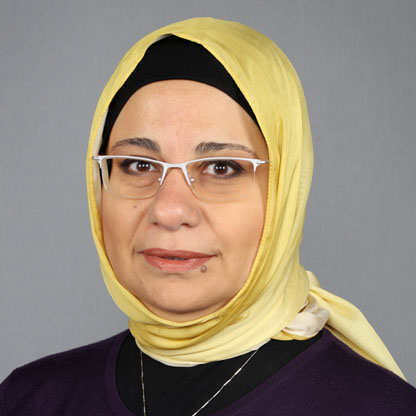

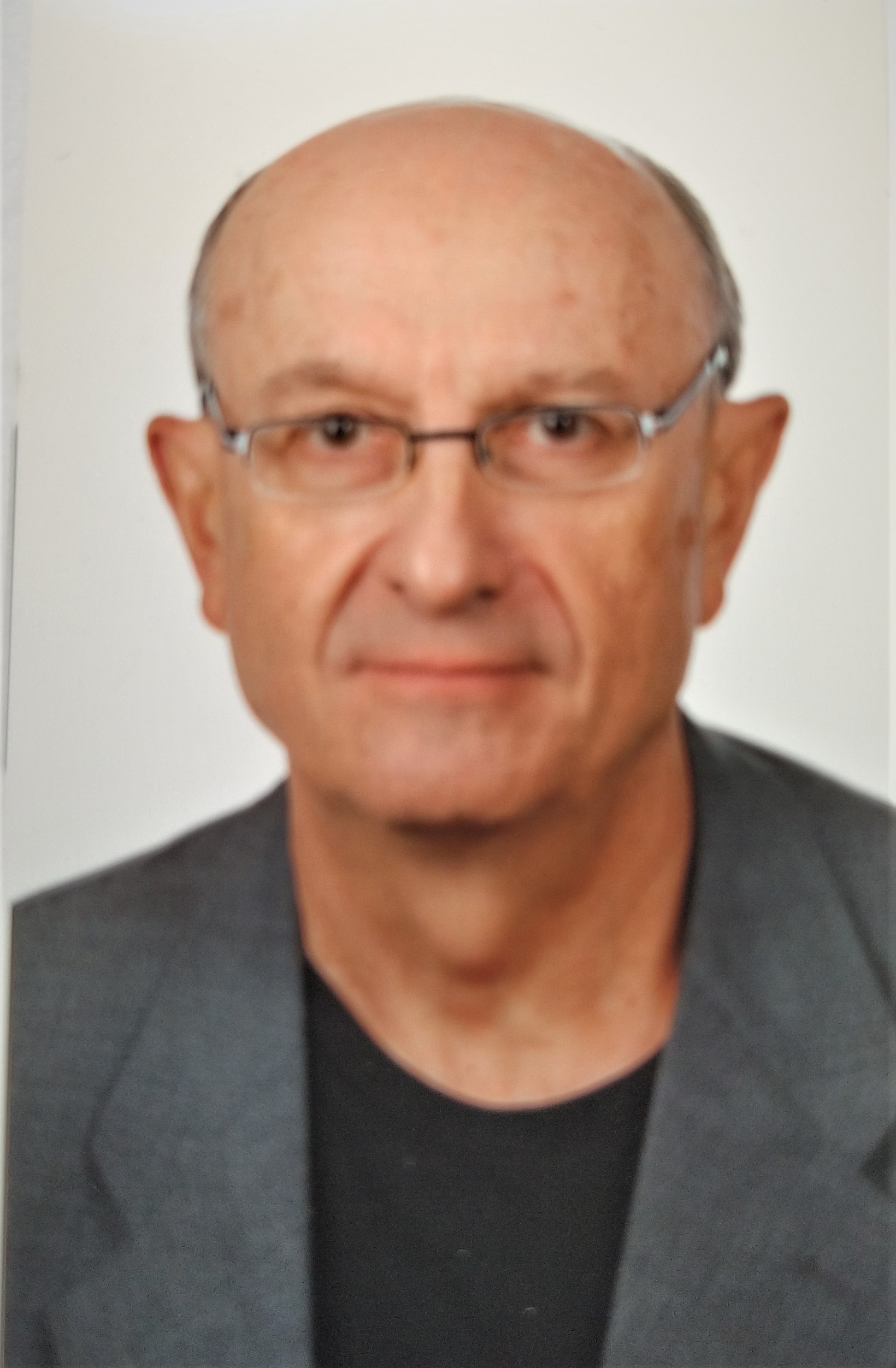
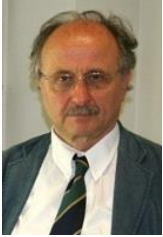


























 Editorial Board Registrations
Editorial Board Registrations Submit your Article
Submit your Article Refer a Friend
Refer a Friend Advertise With Us
Advertise With Us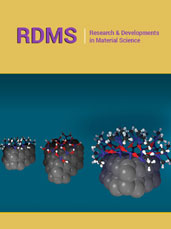
.jpg)





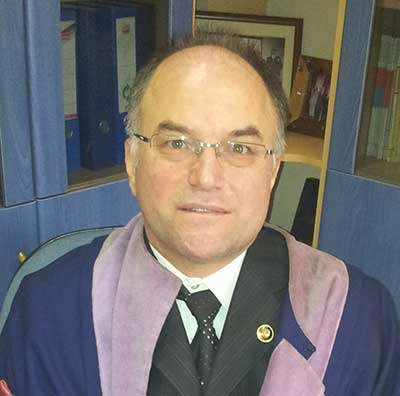
.jpg)




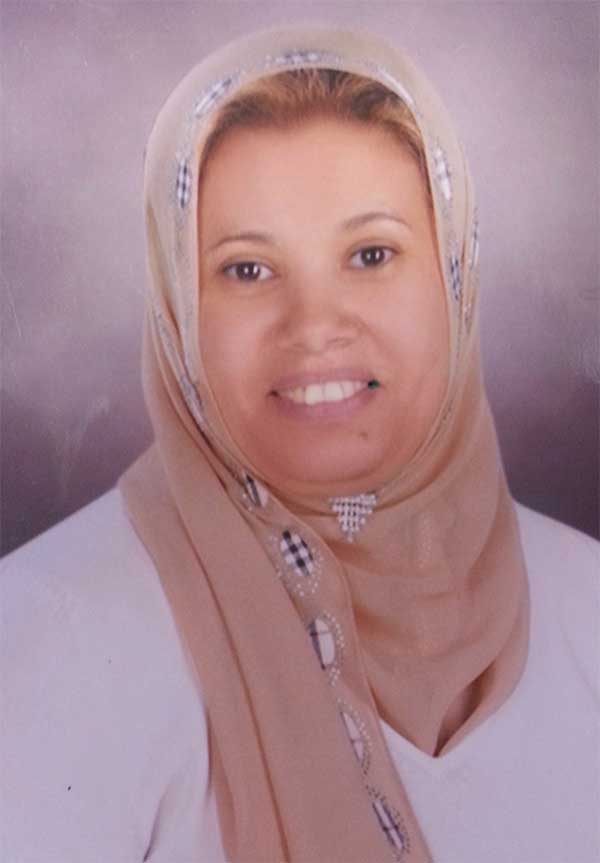



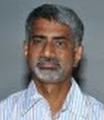





.bmp)
.jpg)
.png)
.jpg)










.jpg)





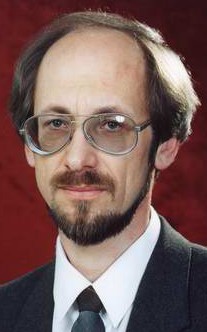
.png)

.png)



.png)

